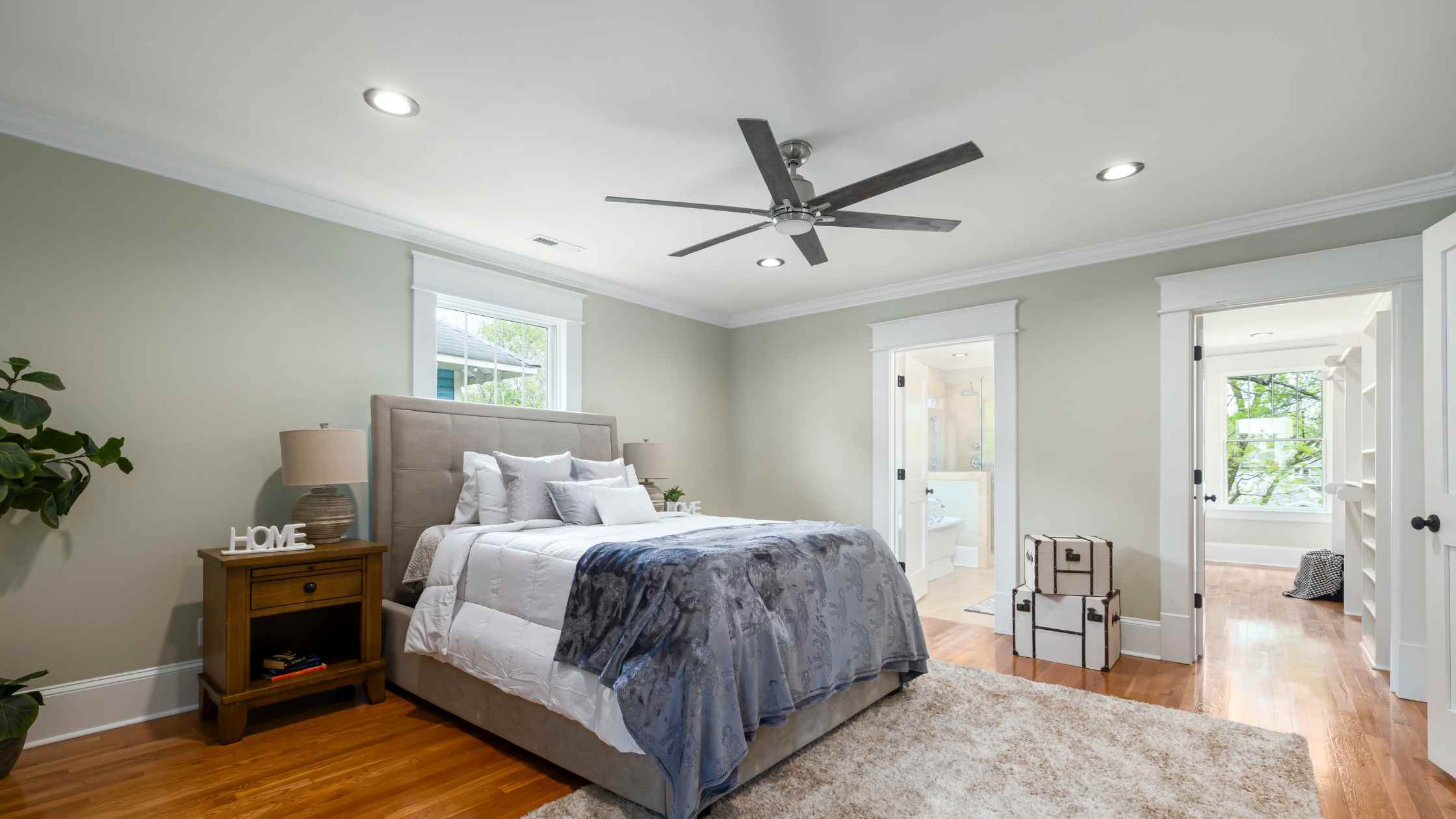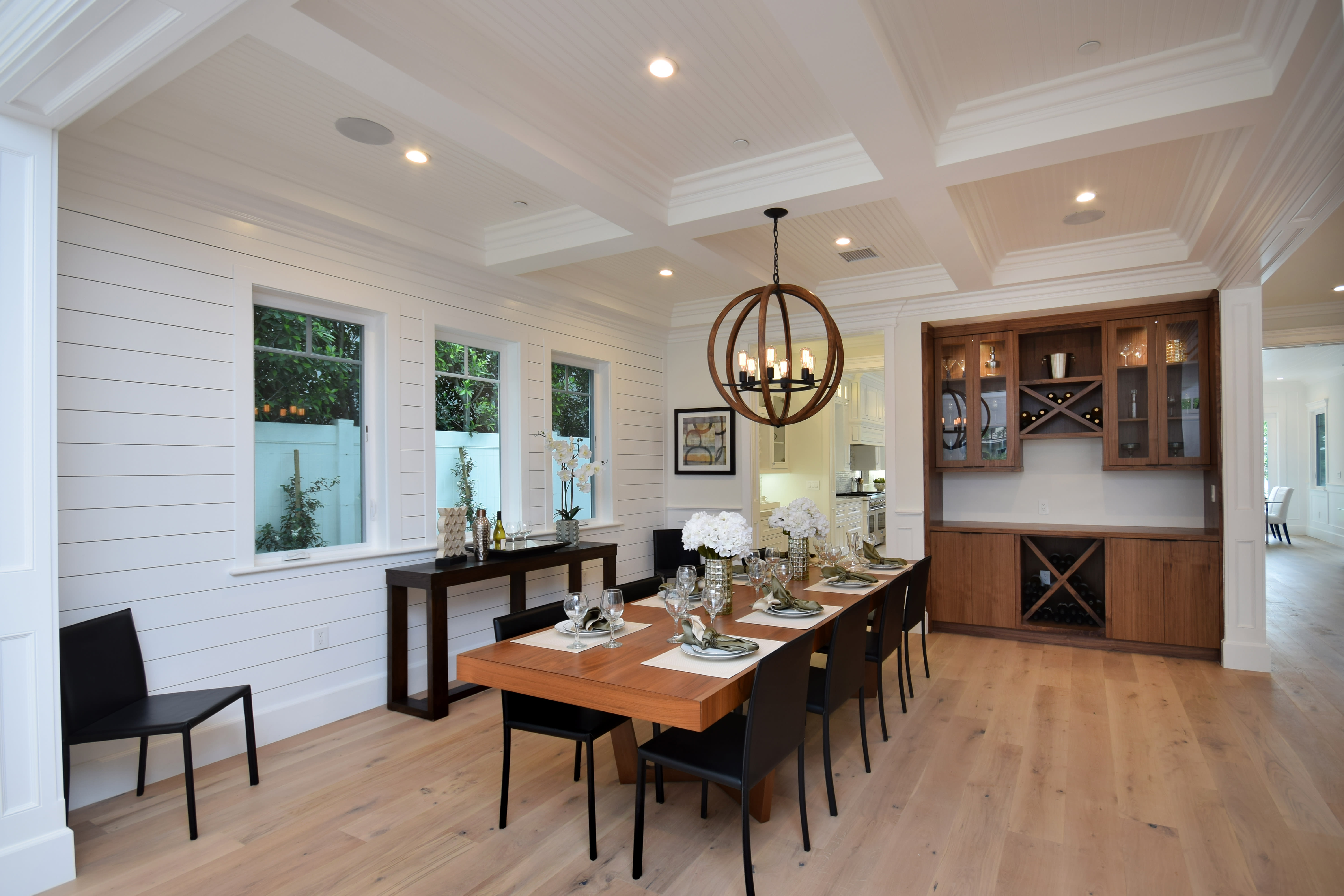Planning Your Recessed Lighting Layout
Recessed lighting, also known as downlights, offers a clean and contemporary look while providing efficient illumination. However, a well-planned layout is crucial to achieve the desired lighting effect and maximize its benefits. A poorly planned layout can lead to uneven lighting, dark spots, and an overall unsatisfactory aesthetic.
Factors to Consider When Planning a Recessed Lighting Layout
Planning a recessed lighting layout involves considering several factors to ensure optimal lighting and visual appeal.
- Room Size: The size of the room dictates the number of lights needed. Larger rooms require more lights to provide adequate illumination. Smaller rooms can manage with fewer lights, but it’s essential to ensure even coverage.
- Ceiling Height: The height of the ceiling impacts the positioning and spacing of the lights. Higher ceilings require lights to be positioned further apart to avoid creating harsh shadows. Lower ceilings require closer spacing to ensure adequate coverage.
- Furniture Placement: Consider the placement of furniture, such as beds, sofas, and desks, to avoid having them cast shadows. Position lights to illuminate these areas directly, ensuring proper task lighting.
- Desired Ambiance: The desired ambiance plays a significant role in determining the type and placement of lights. For a cozy and intimate atmosphere, consider using warm-toned lights and placing them in clusters. For a brighter and more functional space, opt for cool-toned lights and a more even distribution.
Creating a Balanced and Visually Appealing Layout, Recessed lighting bedroom layout
A balanced and visually appealing layout avoids dark spots and highlights key areas. Consider these tips:
- Use a Grid System: Employing a grid system for placement can ensure a symmetrical and balanced layout. This approach helps to avoid uneven lighting and dark spots.
- Highlight Key Areas: Focus on areas that require specific attention, such as a headboard, artwork, or a kitchen island. Place lights directly above these areas to create a visual focal point.
- Avoid Placing Lights Directly Above Windows: Positioning lights directly above windows can cause glare and reduce the effectiveness of natural light. Consider placing them off-center to minimize this issue.
Types of Recessed Lighting: Recessed Lighting Bedroom Layout
Recessed lighting, also known as downlights, is a popular choice for homeowners and designers due to its sleek, minimalist aesthetic and ability to provide both ambient and task lighting. There are several types of recessed lighting fixtures available, each with its own unique features, benefits, and considerations.
LED Recessed Lighting
LED recessed lighting has become increasingly popular in recent years due to its energy efficiency, long lifespan, and versatility.
- Energy Efficiency: LED bulbs consume significantly less energy than traditional incandescent or halogen bulbs, resulting in lower energy bills and a smaller carbon footprint.
- Long Lifespan: LED bulbs have an exceptionally long lifespan, typically lasting 25,000 to 50,000 hours, significantly longer than incandescent or halogen bulbs. This means fewer replacements and less maintenance over time.
- Versatility: LED recessed lighting is available in a wide range of color temperatures, from warm white to cool white, allowing you to create the desired ambiance in your space. Additionally, LED bulbs are dimmable, providing flexibility in controlling the brightness level.
Halogen Recessed Lighting
Halogen recessed lighting offers a bright, warm white light that is similar to incandescent bulbs.
- Bright Light Output: Halogen bulbs produce a bright, warm white light that is ideal for general illumination and task lighting.
- Instant On/Off: Halogen bulbs provide instant illumination, unlike fluorescent bulbs that require a warm-up period.
- Dimmable: Halogen bulbs are dimmable, allowing you to adjust the brightness level to suit your needs.
Incandescent Recessed Lighting
Incandescent recessed lighting is a traditional option that is still available but has become less popular due to its energy inefficiency and short lifespan.
- Warm White Light: Incandescent bulbs produce a warm white light that is often considered to be more inviting and comfortable than other types of bulbs.
- Affordable: Incandescent bulbs are generally the most affordable type of bulb, but their low energy efficiency and short lifespan can negate this cost savings in the long run.
Recessed Lighting Placement and Design

The placement and design of recessed lighting in a bedroom are crucial for achieving the desired ambiance and functionality. Strategic placement can highlight specific features, create different lighting effects, and enhance the overall aesthetic appeal of the room.
Common Recessed Lighting Placements in Bedrooms
Recessed lighting can be strategically placed in various locations within a bedroom to serve different purposes and create a harmonious lighting scheme.
- Around the Perimeter: Installing recessed lights around the perimeter of the bedroom provides a general ambient lighting effect, illuminating the entire space evenly. This configuration is ideal for creating a soft and welcoming atmosphere.
- In the Center of the Room: Centering recessed lights in the middle of the ceiling offers a more focused illumination, perfect for illuminating a large area or creating a dramatic focal point. This placement can be particularly effective in bedrooms with high ceilings.
- Above Specific Features: Recessed lights can be strategically placed above specific features, such as a headboard, a vanity area, or a reading nook, to highlight these areas and create a sense of focus. This approach adds visual interest and functionality to the bedroom.
Impact of Recessed Lighting Configurations on Bedroom Aesthetics and Functionality
Different recessed lighting configurations can significantly impact the overall aesthetic and functionality of a bedroom.
- Ambient Lighting: Recessed lights placed around the perimeter or in the center of the ceiling provide ambient lighting, creating a general illumination that sets the mood and makes the room feel comfortable and inviting.
- Task Lighting: Recessed lights strategically placed above specific features, such as a bedside table or a vanity area, provide task lighting, allowing for focused illumination for activities like reading, applying makeup, or working.
- Accent Lighting: Recessed lights can be used to highlight specific features or architectural details in a bedroom, creating visual interest and enhancing the overall aesthetic appeal. For instance, placing recessed lights above artwork or a decorative wall niche can create a dramatic and eye-catching effect.
Using Recessed Lighting to Create Different Lighting Effects
Recessed lighting can be utilized to create various lighting effects in a bedroom, tailoring the ambiance to different moods and activities.
- Ambient Lighting: Recessed lights placed around the perimeter or in the center of the ceiling provide ambient lighting, creating a general illumination that sets the mood and makes the room feel comfortable and inviting.
- Task Lighting: Recessed lights strategically placed above specific features, such as a bedside table or a vanity area, provide task lighting, allowing for focused illumination for activities like reading, applying makeup, or working.
- Accent Lighting: Recessed lights can be used to highlight specific features or architectural details in a bedroom, creating visual interest and enhancing the overall aesthetic appeal. For instance, placing recessed lights above artwork or a decorative wall niche can create a dramatic and eye-catching effect.

